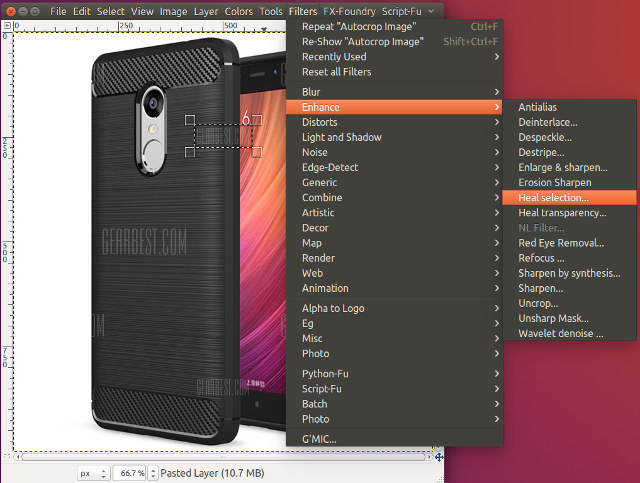Watermarks can be seen on some photographs for copyright reasons, but in some cases even people or companies who clearly don’t own copyrights add watermarks, such as online resellers who add watermarks on top of photos provided by manufacturers, and some camera adds date & time automatically to photos if you’ve used the settings to enable it. I’ve recently read a blog post on Google Research about making watermarks more effective, as some computer algorithm could remove watermarks automatically. Since I often waste time while searching for watermark-free version of the photo, I decided to check if I could find such program running in Linux. I did not but I found a somewhat old blog post explaining how to use GIMP to perform the task with three different methods: Crop, if the watermark is on the edges… Easiest method, but for most case this won’t do… Content-aware filling using resynthetiser […]
Picture Size Optimization for Embedded Systems
If you are developing an embedded system that requires a graphical user interface, you’ll likely have quite a few icons and/or images to store in the flash/rom. If your hardware has limited space, you may have to optimize the size of picture so that they can fit into your flash with no or minimal loss of quality. Reducing image size may also be of interest for mobile websites that can be accessed by devices with lower hardware specs and relatively low network throughput (EDGE/3G). I’ll use GIMP 2.6 – The GNU Image Manipulation Program to work on pictures in order to optimize their size. Selecting the picture format The most common picture file formats are bmp, jpg, png and gif. BMP File Format (aka Bitmap Image File or Device Independent Bitmap) can not compress images except for 8-bit color depth, so it is not suitable for embedded systems. JPG File […]



